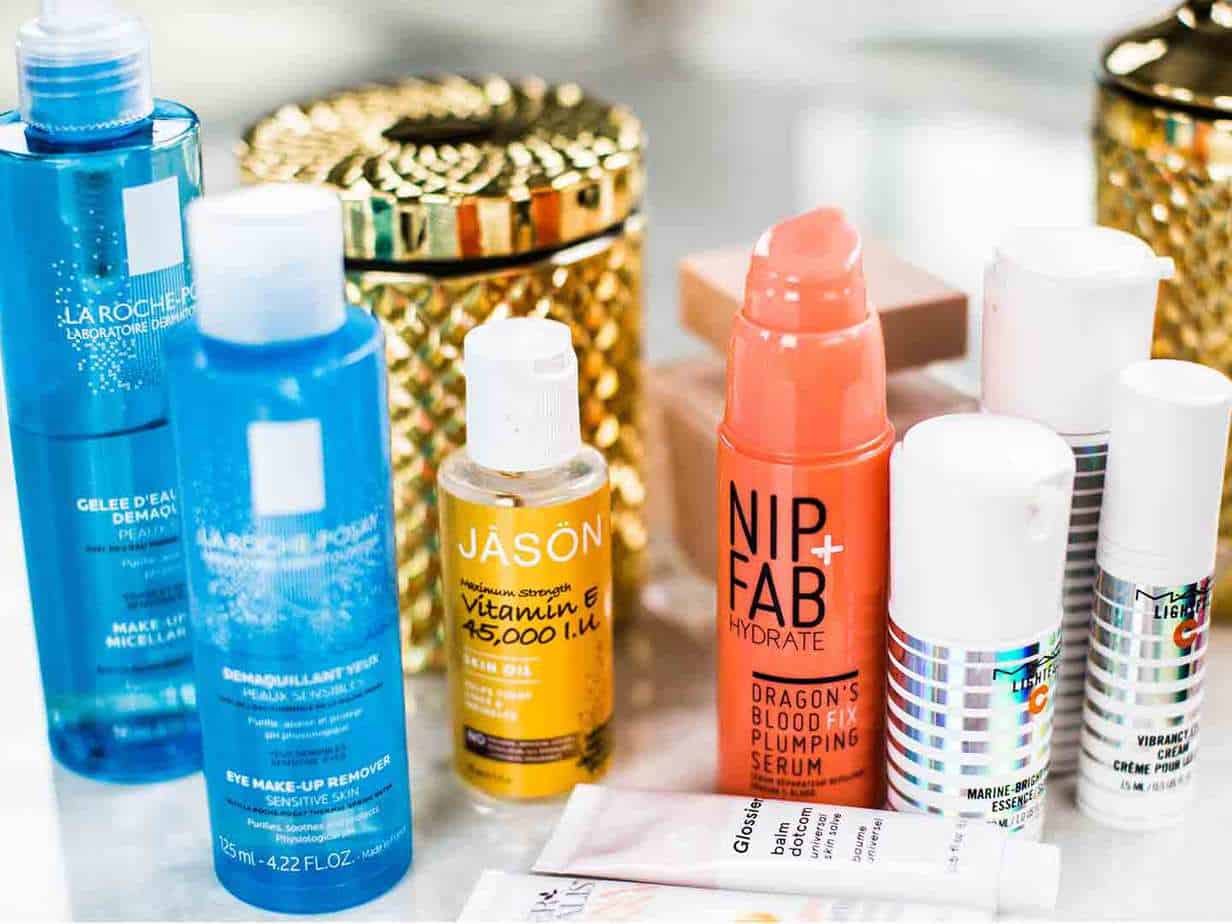
Are CPG companies ready to ramp up business in the new normal? In 2019, the consumer packaged goods category grew 2.2% over the previous year’s revenue. But not all companies performed equally well. Before COVID-19, analysts detected changes in the CPG marketplace that have likely been amplified by new consumer behaviors. Your clients must respond with the right marketing strategies to compete against national brands.
A Market Dominated by National Brands
It’s easy to imagine that the CPG market is dominated by conglomerates. While it’s true that national brands dominate with a 46.6% market share, according to the eighth annual report from Information Resources, Inc., their portion is shrinking. In 2019, national brands saw their share of the CPG market shrink at the same time other business sizes enjoyed growth. In fact, the private label CPG market grew 0.3% and now accounts for 15.6% of revenue. Extra small companies gained 0.2% of the CPG market and claimed 9.7% of revenue. Examples of national brands include Constellation Brands and Kellogg’s. Stars in the small company category include Kodiak Cakes and Idahoan.
Advertising and Supply Chain
National brands CPG operators are driving growth through e‑commerce, say analysts. The average company currently has 4%-5% of revenue coming from e‑commerce. Expect that number to increase to 10% in another couple of years. These organizations have deployed a specific strategy to accomplish this transition. First, they ensure that supply chains can manage online orders to successfully deliver a product for pickup at a local retail site. They’re also increasing marketing expenditures to make sure audiences see their digital ads. Many CPG firms also maintain a unique website for online orders when consumers want products delivered directly to them.
Consumer Trends
The CPG category has always been about convenience. Whether it’s food, beverages or cleaning products, consumers buy them so they can use them immediately. But what one generation deemed convenient a decade ago no longer holds true. CPG producers that tap into the latest trends with the right marketing campaigns can grow sales at the expense of national brands.
For example, multi-functional beverages are having a moment, and in the past year, they experienced huge increases in demand. This included refrigerated coffee (+17%) and sparkling/selzer water (+11%). Consumers are buying these products, because in some cases, the beverage is healthier than the alternatives, such as carbonated soda.
Consumers also enjoy snacking and they don’t want to feel guilty about that habit. The on-the-go healthier snack category appeals to that sentiment and drove consumers to spend 6% more on dried meat snacks between 2018 and 2019. They also purchased 7% more frozen breakfast entrees during the same time period.
CPG Companies Ready to Ramp Up
During the COVID-19 crisis, shoppers have shown their willingness to try new products, especially ones they can order online and have delivered to their homes. CPG companies that want to connect with a larger audience should improve their online ordering process and they must optimize their digital marketing strategy. They can start by checking out the Digital Audit data that you run for them at AdMall by SalesFuel.
Sales manager training products are also available.
